Casting and forging
Casting and forging are two fundamental manufacturing processes used to shape metal into desired forms, each with its unique advantages and applications. These methods are essential in industries such as automotive, aerospace, construction, and machinery, where precision, strength, and durability are critical.Casting is a process where molten metal is poured into a mold that contains a hollow cavity of the desired shape. Once the metal cools and solidifies, the mold is removed, leaving behind a metal part that matches the mold's design. Casting is particularly useful for creating complex geometries that would be difficult or impossible to achieve through other methods. It is also cost-effective for producing large quantities of parts, as the same mold can be reused multiple times. Common casting methods include sand casting, die casting, and investment casting. Sand casting is versatile and suitable for large parts, while die casting is ideal for high-volume production of smaller, intricate components. Investment casting, on the other hand, is known for its high precision and smooth surface finishes, making it suitable for detailed and high-quality parts.Forging, on the other hand, involves shaping metal using localized compressive forces, typically delivered by a hammer or press. The metal is heated to a temperature where it becomes malleable but not molten, allowing it to be deformed into the desired shape without breaking. Forging is renowned for producing parts with superior mechanical properties, such as increased strength, toughness, and resistance to fatigue. This is because the process aligns the metal's grain structure with the shape of the part, enhancing its structural integrity. Common forging techniques include open-die forging, closed-die forging, and roll forging. Open-die forging is used for large, simple shapes, while closed-die forging is suitable for more complex, precise components. Roll forging is often employed for producing long, uniform parts like shafts or bars.Both casting and forging have their distinct advantages and are chosen based on the specific requirements of the part being manufactured. Casting is preferred for complex shapes and high-volume production, while forging is favored for parts that require exceptional strength and durability. In some cases, a combination of both processes may be used to achieve the desired properties and design. For example, a part might be cast to achieve a complex shape and then forged to enhance its mechanical properties.In conclusion, casting and forging are indispensable techniques in metalworking, each offering unique benefits that cater to different manufacturing needs. Understanding the strengths and limitations of these processes allows engineers and designers to select the most appropriate method for producing high-quality, reliable components.
Products
Category:
No search results found!
News
Category:
No search results found!
Case
Category:
No search results found!
Video
Category:
No search results found!
Download
Category:
No search results found!
Job
Category:
No search results found!
Featured Products
No search results found!


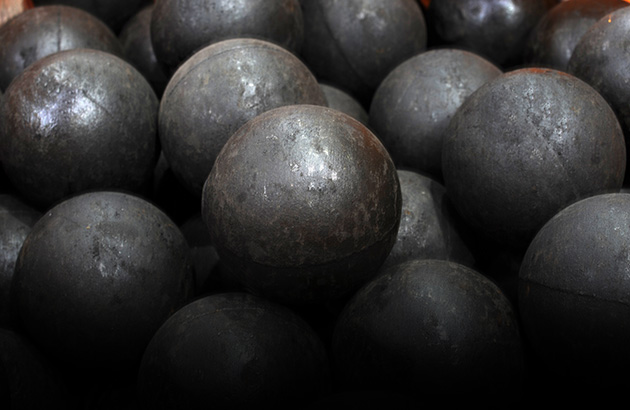
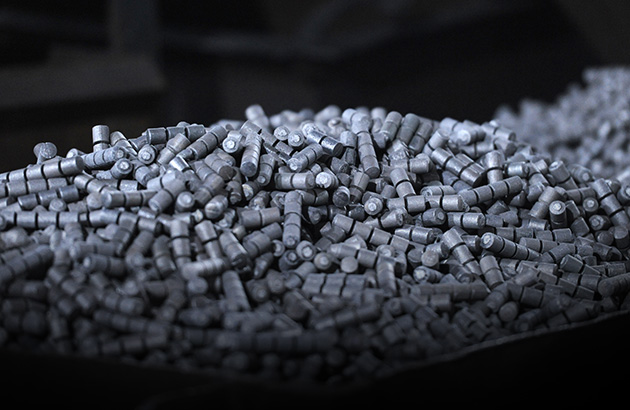
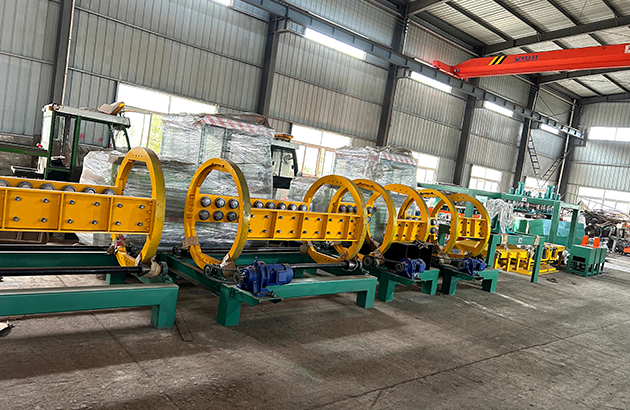


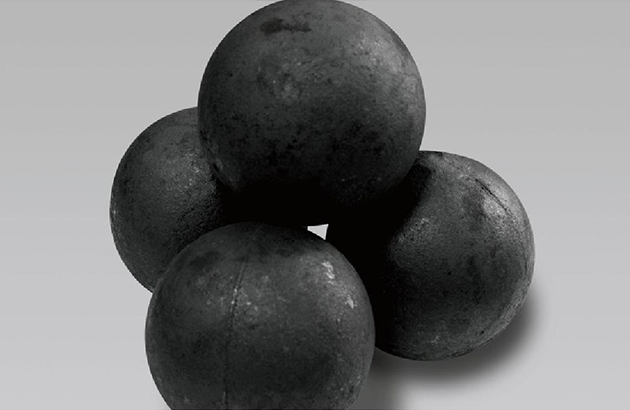
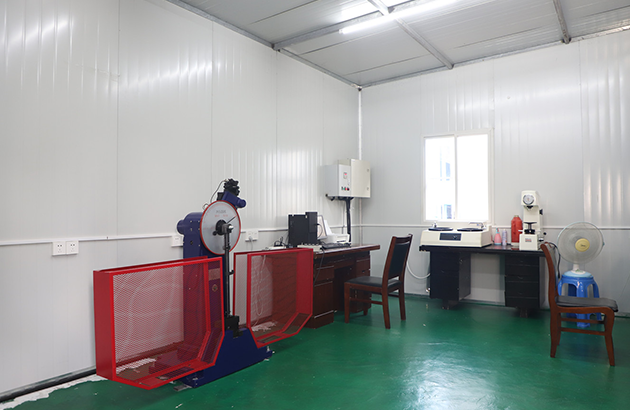

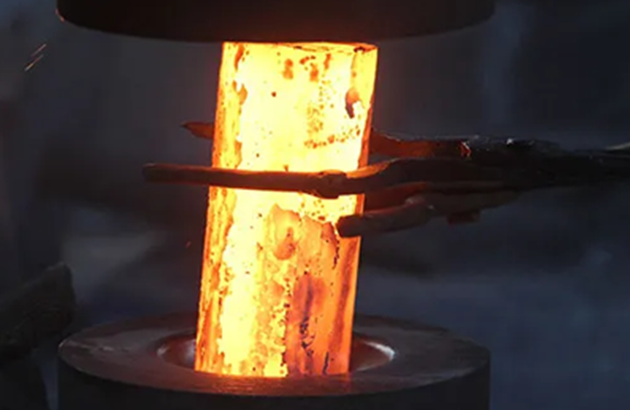






 Phone
Phone